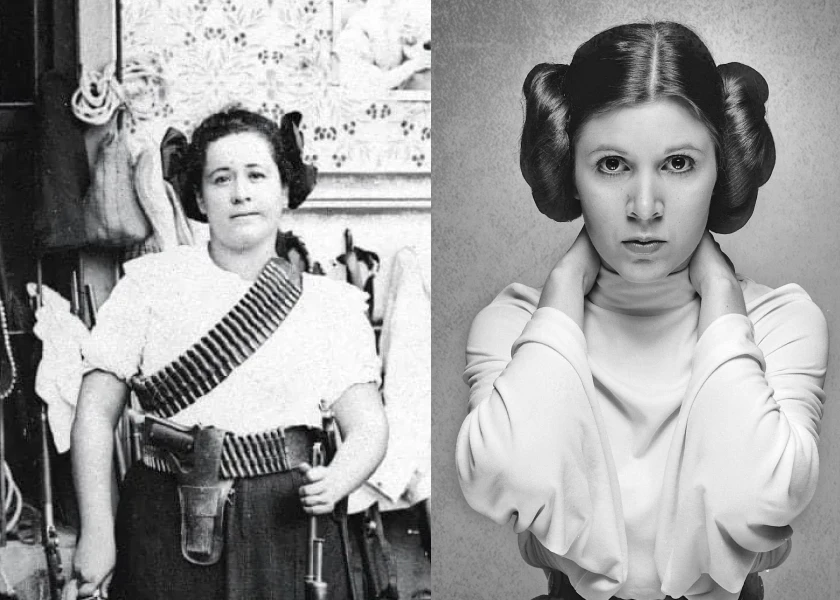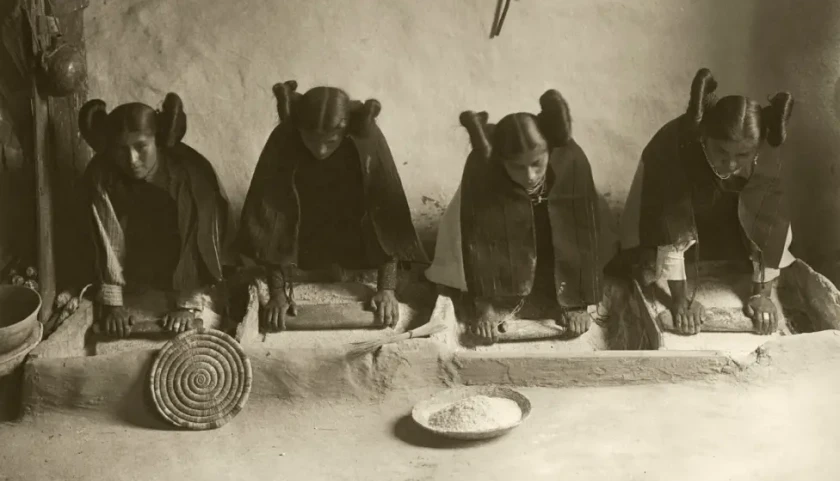From a Revolutionary, a Princess is Born?

On May 25th, 1977, the world met Star Wars, a film that changed science fiction forever. Go back nearly a century—to 1890—and a much smaller world met Clara de la Rocha, a woman who changed Mexico forever. And Princess Leia brought them together. At least according to George Lucas.
Leia took on many looks in the Star Wars space opera. But it was her iconic “space buns,” worn in the first film, that personified the princess. And they were functional as well, because she was a warrior.
This look was no sci-fi fantasy, though. George Lucas reportedly got the idea from Mexican revolutionary women. Specifically Clara de la Rocha, who was a total badass. And Leia inherited both Clara’s look and her prowess in rebellion.
Clara was a colonel in the Mexican Revolution in the early 20th century. She was part of a movement rising against the dictator Porfirio Díaz. She’s known for a key battle in Sinaloa in which, according to her distant cousin, Alexandra de la Rocha:
“She actually crossed a river on horseback…and was able to take out a power station in order to allow the rebel forces to attack during night without being seen.”
Sounds like Leia, eh?
There have been many theories about the origins of the hairstyle, one of the most common being that the inspiration was the “squash blossom” hairdo that Hopi Native American women wore.

This is plausible. As are the theories that they were inspired by traditional Chinese hairstyles or even the Iberian Lady of Elche statue. But George Lucas was quoted in an interview, citing Clara’s world as the inspiration:
“In the 1977 film, I was working very hard to create something different that wasn’t fashion, so I went with a kind of Southwestern Pancho Villa woman revolutionary look, which is what that is. The buns are basically from the turn-of-the-century Mexico.”
Of course, just because he cited the revolutionaries as his inspiration doesn’t make it true. Especially because historians say that the Soldaderas (or Adelitas) never wore their hair this way. It’s said that they most often wore long braids, sombreros, and shawls.
It’s certainly possible that Lucas got his inspiration from one or more sources, and that Clara and her Soldaderas weren’t even part of it. He may have leaned into that story because of their mystique, and his propensity for storytelling. But it seems quite likely, given the similarities between the Mexican revolutionaries and Leia’s character.
